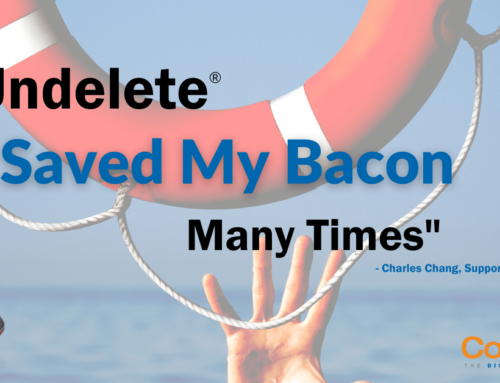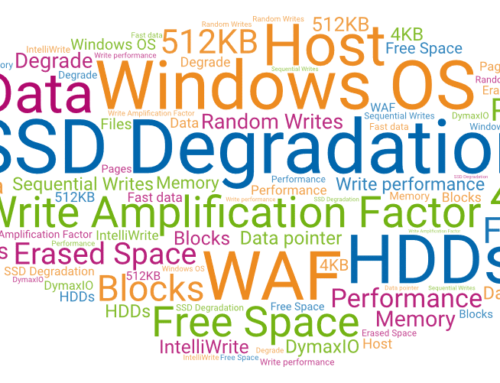SANs typically employ a clustered/SAN file system to pool disk arrays into a virtualized storage volume. It is called in Wikipedia a "shared disk file system". This is not NTFS, but rather a proprietary software, provided by a SAN hardware or software vendor such as EMC (Celerra), LSI (StoreAge SVM), VMware (VMFS), etc… VMFS, for example, uses between 1MB to 8MB storage blocks. This file system essentially "runs on top of NTFS", it does not replace it. Keep in mind that every file system is a "virtual" disk. Stacking one virtual component over another (i.e. one file system on top of another) is very doable and increasingly more common. What the vendor of a SAN file system does at "that" file system is irrelevant to what Diskeeper does. Claims that "you do not need to defragment" may be misunderstood and incorrectly implied to mean "NTFS". It is very possible that you do not need to defragment the "SAN file system". The expert on that file system and the source from which you should get setup tips, best practices, and SAN I/O optimization methodologies is that manufacturer. As for NTFS, it still fragments and causes the Windows OS to "split" I/O requests for files sent into the SAN, creating a performance penalty. You can measure this using Window's built-in PerfMon tool and watch the split I/O counter. You can also use the Average Queued Disk I/O, given you account for the number of physical spindles. Diskeeper partner Hyper I/O has a much more advanced tool called hIOmon. Iometer (formerly from Intel – now open source under GNU Public License) can be used to stress test mock environments for fragmentation. Given that SANs are ONLY ever block-level storage, they do NOT know what I/Os relate to what files. Therefore they cannot intelligently spread the fragments of a file across multiple disks. A whole mass of separate I/Os writes/reads for fragmented files (which will most certainly be interspersed with other simultaneous data writes/reads) will be non-optimally spread across the disks in the SAN storage pool (i.e. write more fragments of a given file to one disk rather than evenly spreading the data across all the disks). SAN file system vendors may offer optimization strategies to, over time, move data around the disks as it learns typical data requests (such as from that fragmented file incorrectly laid out on the disks) are not properly load-balanced across SAN spindles. Generally speaking, the above holds true for disk striping as well (RAID). I've been working with numerous high-profile SAN vendors, who are also Diskeeper partners. One for one, when I speak with SAN designers or developers, they agree that NTFS fragmentation IS an issue and advanced defragmentation is important ("basic" defragmenters can actually cause problems). Later this year we'll publish an very in-depth, about 15 page, technical paper on modern disk storage technologies based on joint research projects with some of these industry partners. I'm busy working on the new Diskeeper and Undelete releases, but I'll post a link here when it is published.



Leave A Comment
You must be logged in to post a comment.